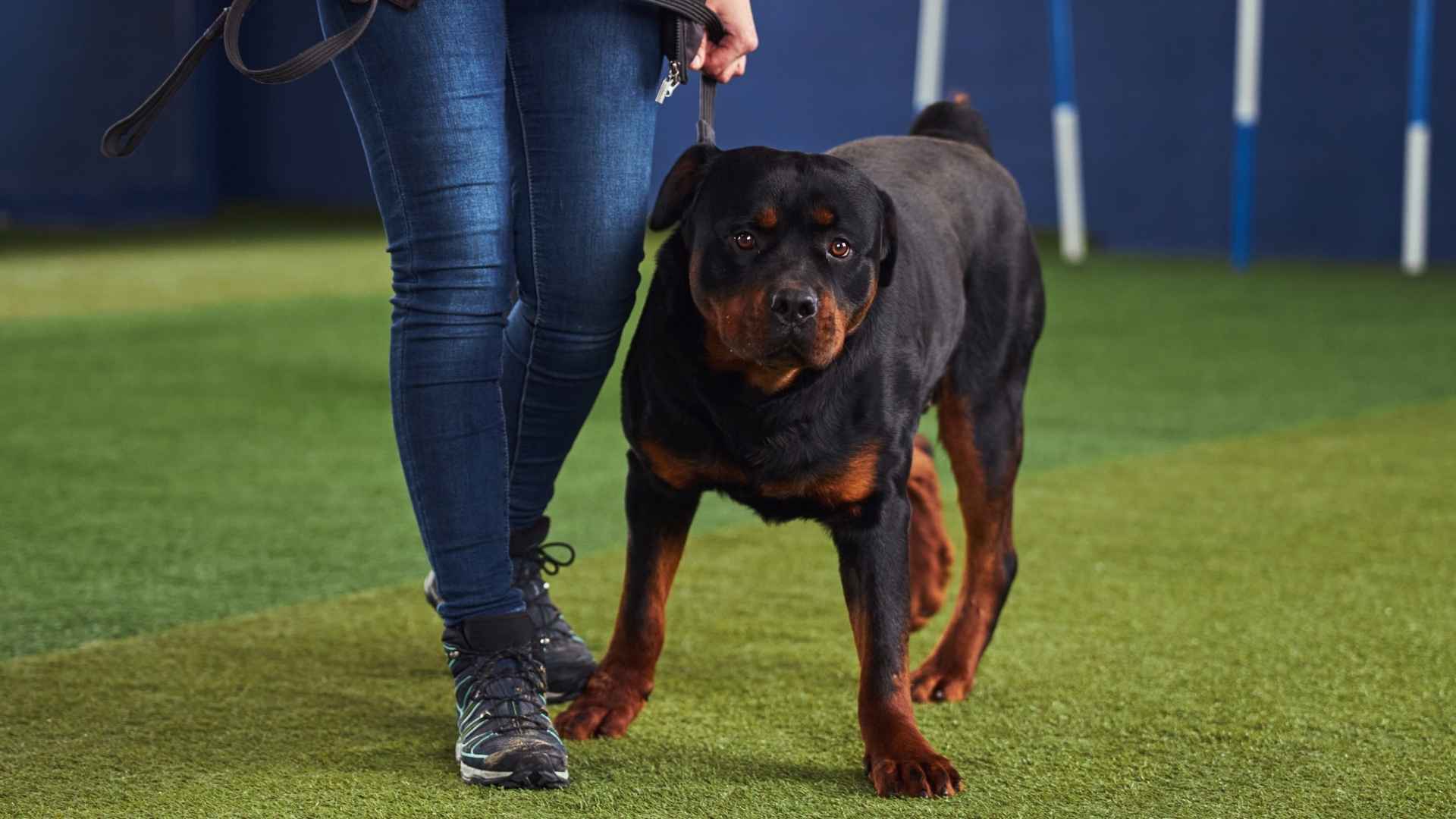While smaller breeds often get attention for being quick-witted, some of the smartest dogs in the world are big in both size and brainpower. These dogs learn fast, read your cues, and even outsmart your expectations.
Four in ten dog owners say their pets can “understand” them, according to The Mirror. But intelligence in dogs isn’t just about knowing when dinner’s served. It’s about problem-solving, emotional awareness, memory, and how quickly they learn new commands.
Whether they’re working on farms, performing search and rescue, or learning advanced tricks just for fun, these large breeds prove that size and smarts can go hand in hand.
In this article, we’ll walk through clever large dog breeds that stand out for their intelligence, trainability, and deep understanding of their people.
Clever Large Dog Breeds
1. German Shepherd
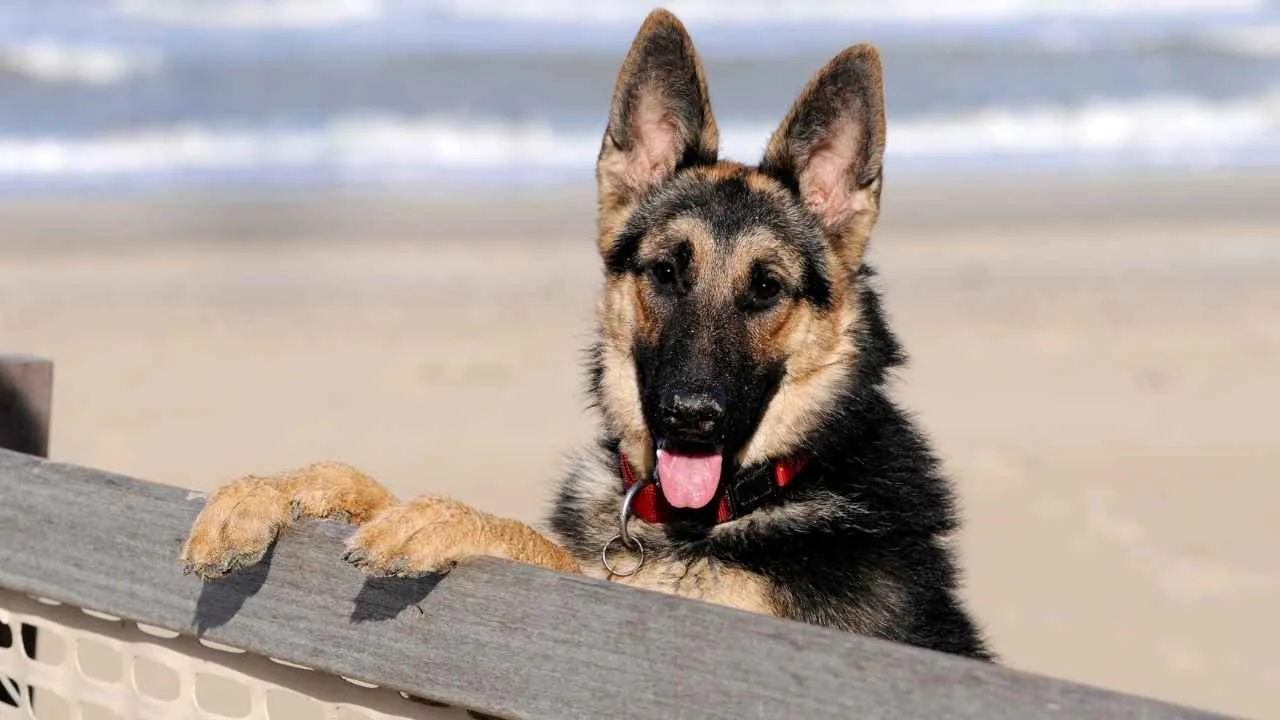
German Shepherds have the capacity to analyze a task and act with precision, especially when under direction. They’re able to respond to changing variables mid-task without needing repeated cues. That level of control makes them exceptional in dynamic work situations.
Sharp Recall and Environmental Memory
They retain route layouts, landmark placements, and disturbance points long after encountering them. This helps them operate consistently across large areas, including forests, rubble, or fields. Their role among trained search and rescue dogs builds on this environmental mapping.
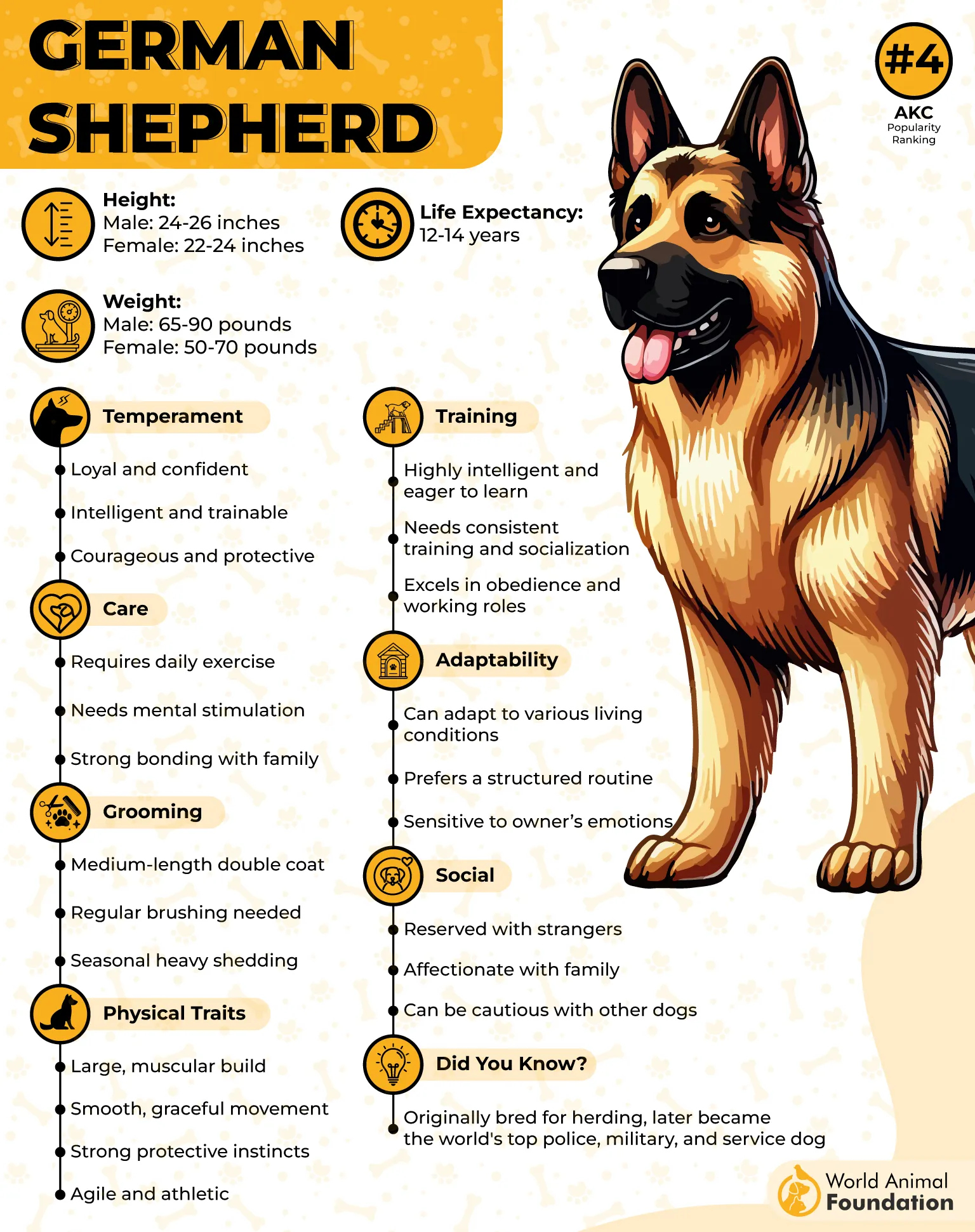
Independent Thinking in New Situations
This breed adjusts quickly when faced with new obstacles or changes in routine. They’re able to investigate, respond, and find alternate ways to complete a known task. Many trainers find they outperform other dogs when the work requires real-time judgment.
Recognized for High-Level Intelligence
Often listed among the most intelligent dog breeds, German Shepherds excel in both structured learning and unsupervised applications. They can even learn a new command in under five repetitions. Consistent first-time response rates sit near 95% with proper handling.
2. Labrador Retriever
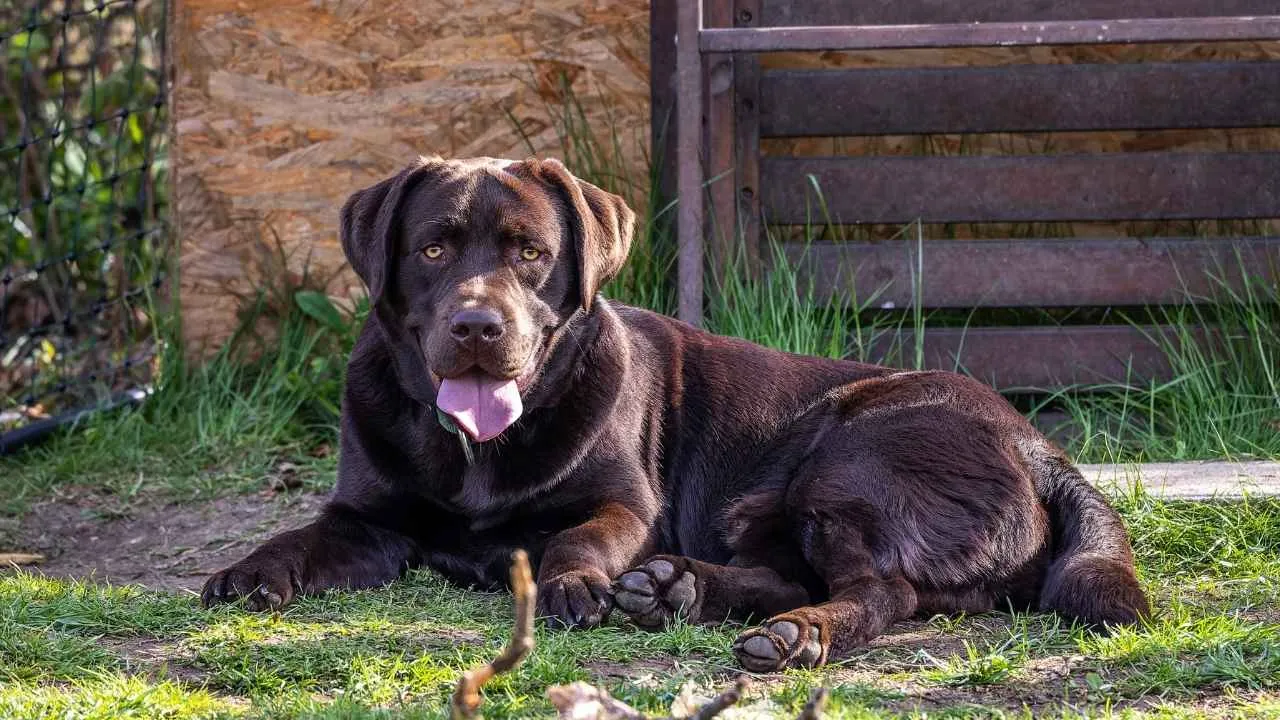
Fun Fact: Consistently ranks in the top 10 smartest breeds by working intelligence.
The Labrador Retriever was originally bred in Newfoundland to retrieve fishing nets and game from icy waters. Their ability to track direction, scent, and hand signals in open terrain still makes them dependable in complex retrieval tasks. Their work ethic is methodical and deeply ingrained.
Cognitive Engagement Through Variety
Labradors perform best when training includes changing commands, multi-step tasks, or object-based games. Routine-only setups can lead to boredom without proper mental stimulation. They respond quickly to clear instructions, especially when motivation is linked to movement or rewards.
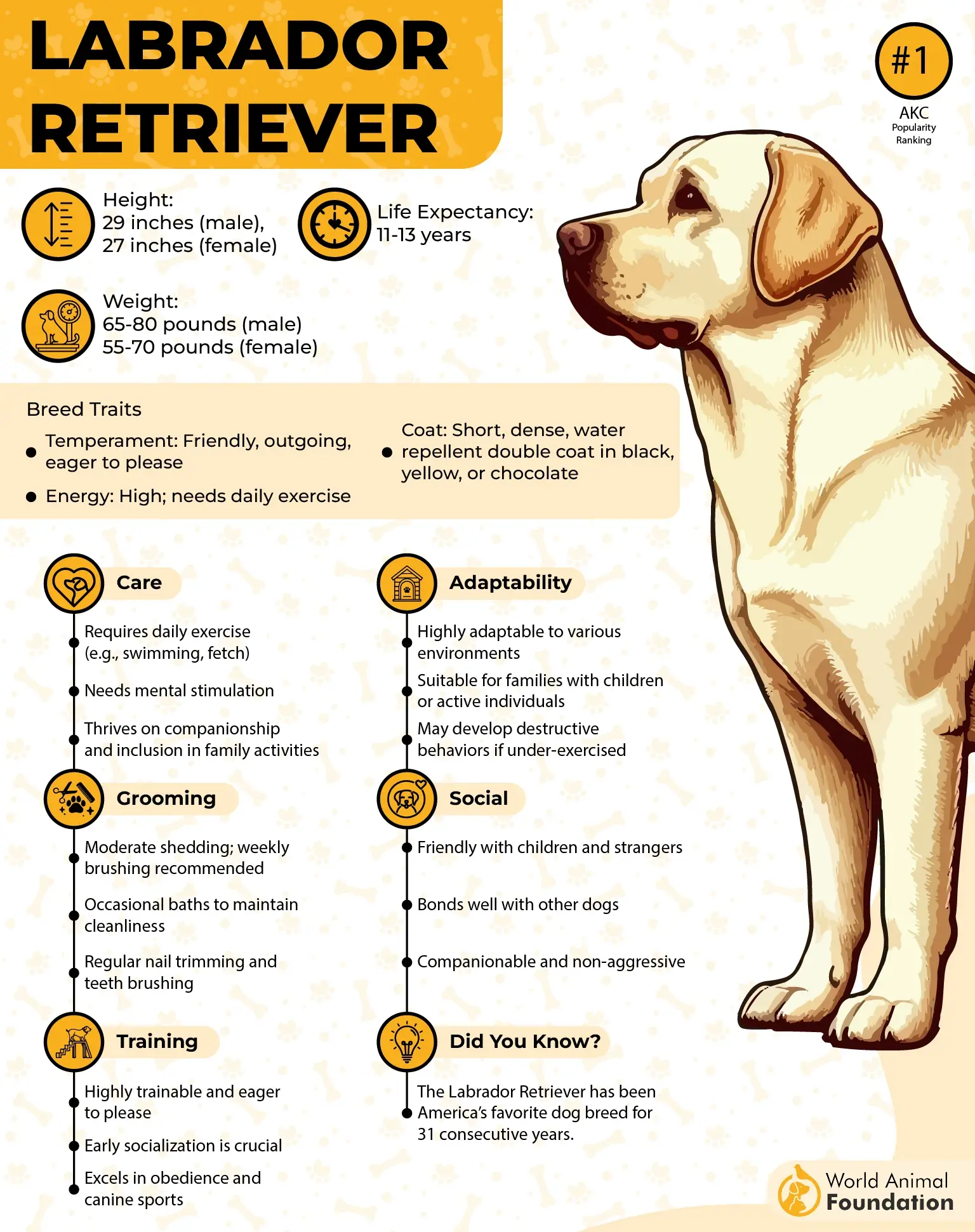
Known for Balanced Temperament
Their steady nature allows them to remain attentive without hyper-reactivity, even in noisy or crowded spaces. This trait, along with high trainability, makes them one of the most successful service breeds. It’s also a key reason they’re trusted as a family dog in active households.
Intelligence Matched with Trainability
Labradors are recognized as a highly intelligent dog breed, with a strong memory for verbal commands and hand signals. Many dog owners report success in obedience tasks within the first few sessions.
3. Flat-Coated Retriever
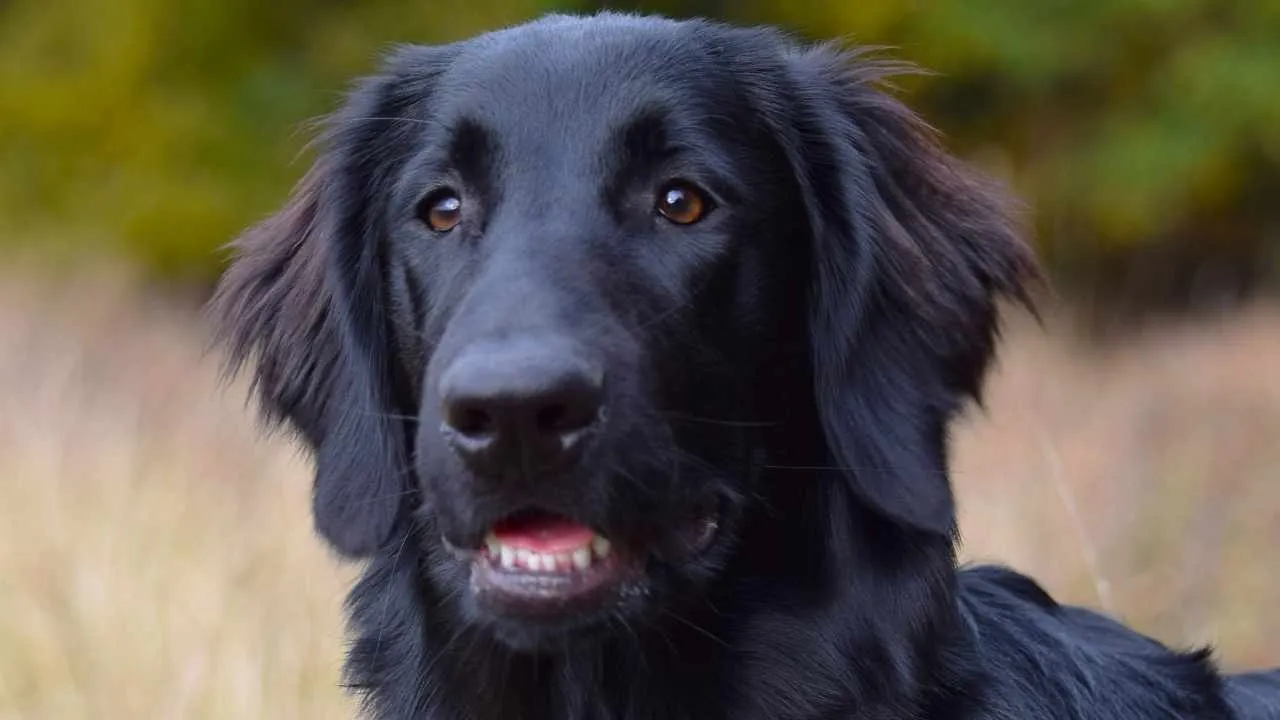
Flat-Coated Retrievers have sharp observation skills, often picking up patterns from human movement and tone. During training, they show early understanding of voice modulation and hand signals. This makes them easy to instruct even in outdoor or distraction-heavy environments.
High Need for Mental Stimulation
They respond best to varied training that includes both problem-solving and aerobic play. Daily sessions must involve both mental and physical exercise to maintain attention span and reduce restlessness, as mentioned in the AKC. Without this, their engagement level tends to drop quickly.
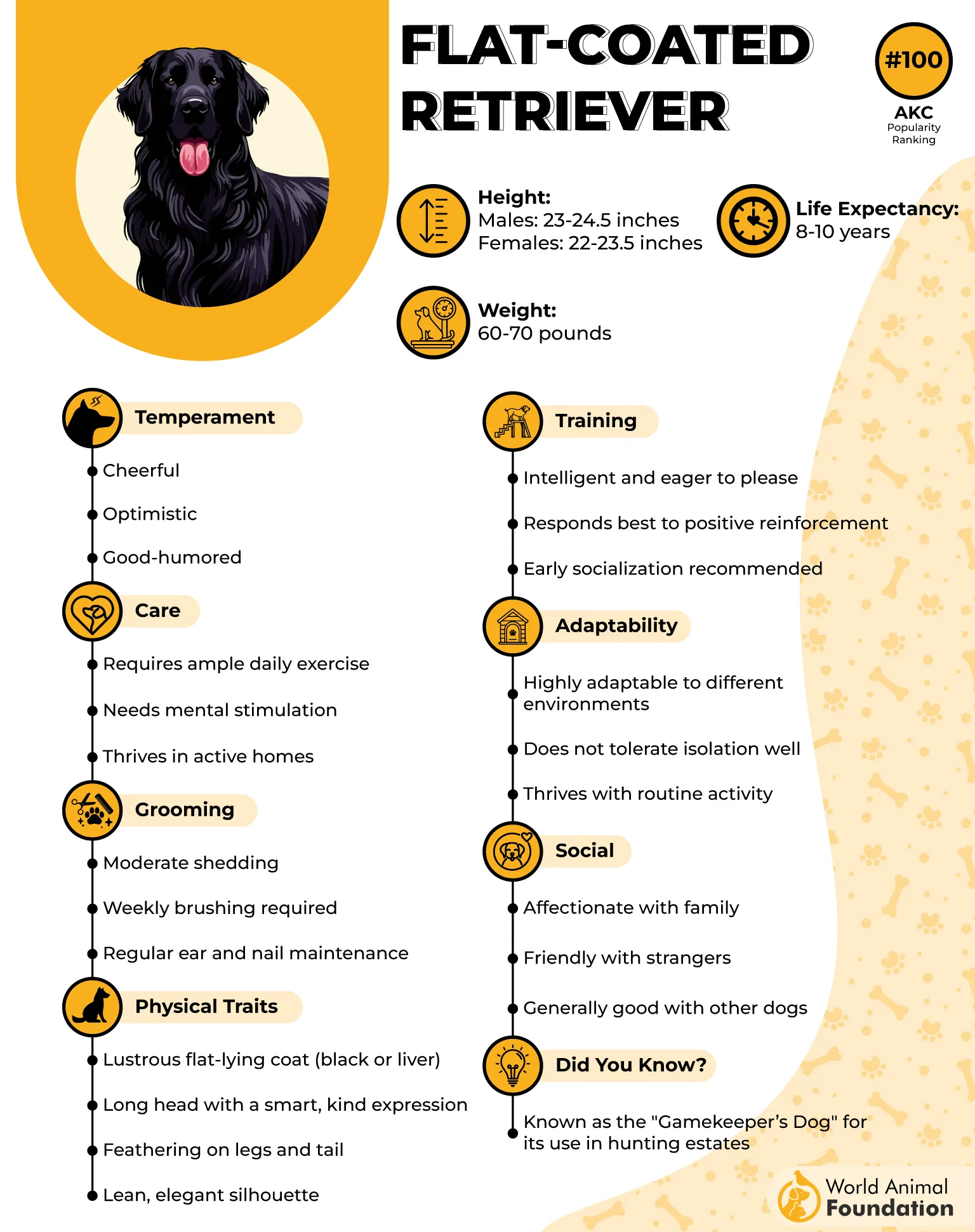
Well-Balanced Temperament
Known for their reliably upbeat energy, these dogs maintain a working mindset while staying calm around livestock or children. Their affectionate nature doesn’t interfere with their responsiveness to task-based cues. This balance helps them remain grounded during new challenges.
Social Memory With People and Pets
Flat-Coats form quick associations with family members, even those they see infrequently. Their ability to track individual behaviors allows them to adjust play or calmness accordingly. Compared to many other breeds, this flexibility makes them easier to integrate into dynamic home setups.
4. Doberman Pinscher
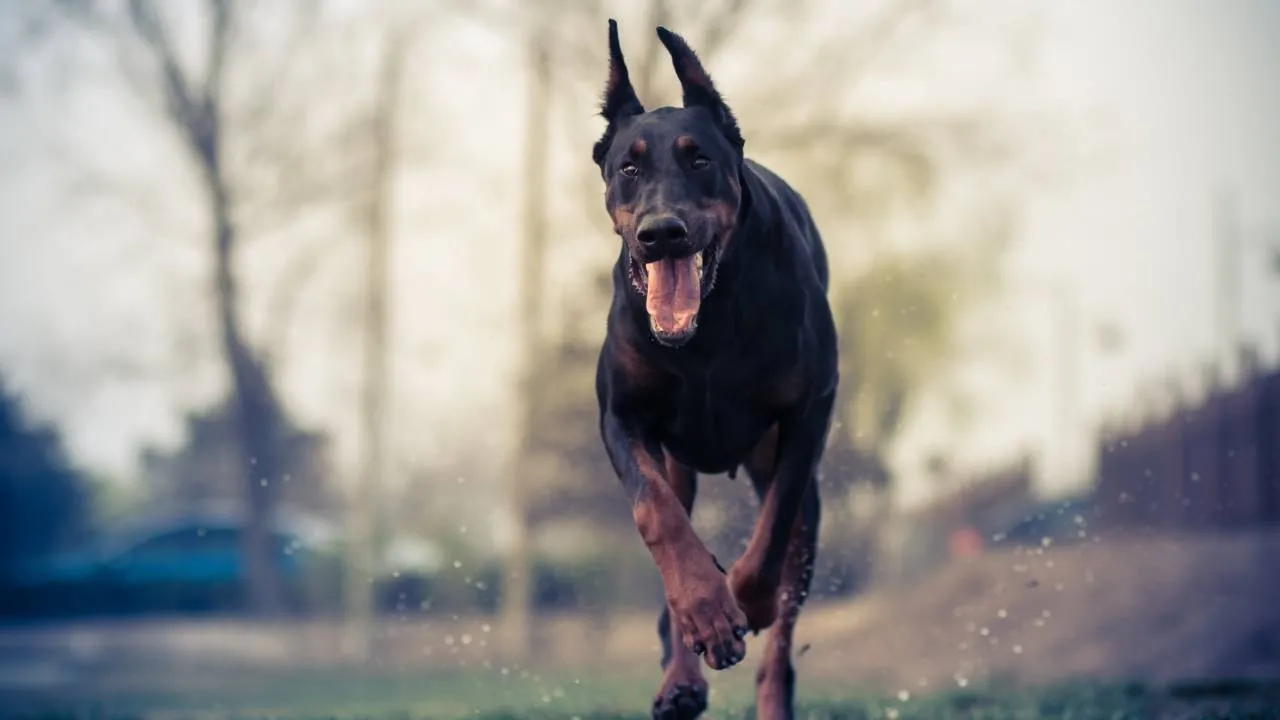
Did You Know: Dobermans were one of the original war dogs used by the U.S. Marine Corps in World War II.
Dobermans process multi-step instructions quickly, often completing them with near-flawless accuracy. Their focus during training sessions makes them stand out in tasks that require strict timing. Law enforcement agencies worldwide continue to rely on their ability to follow complex commands.
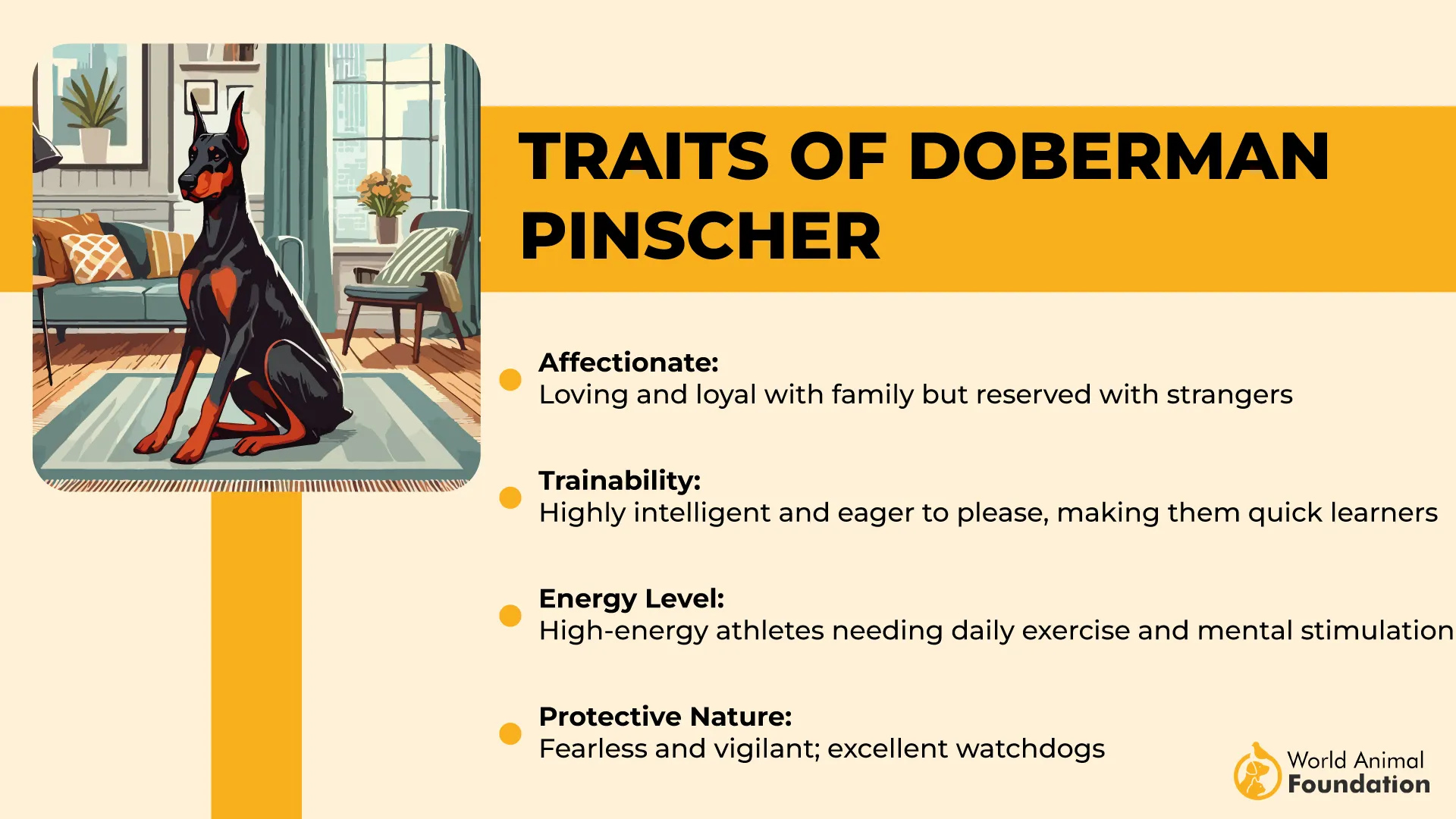
High Alertness in Protection Work
Bred specifically to work alongside tax collectors in 19th-century Germany, Dobermans were developed for vigilance. Their instinctive response to unfamiliar activity makes them effective guard dogs in open properties. Their posture, gait, and focused stare often deter threats without physical engagement.
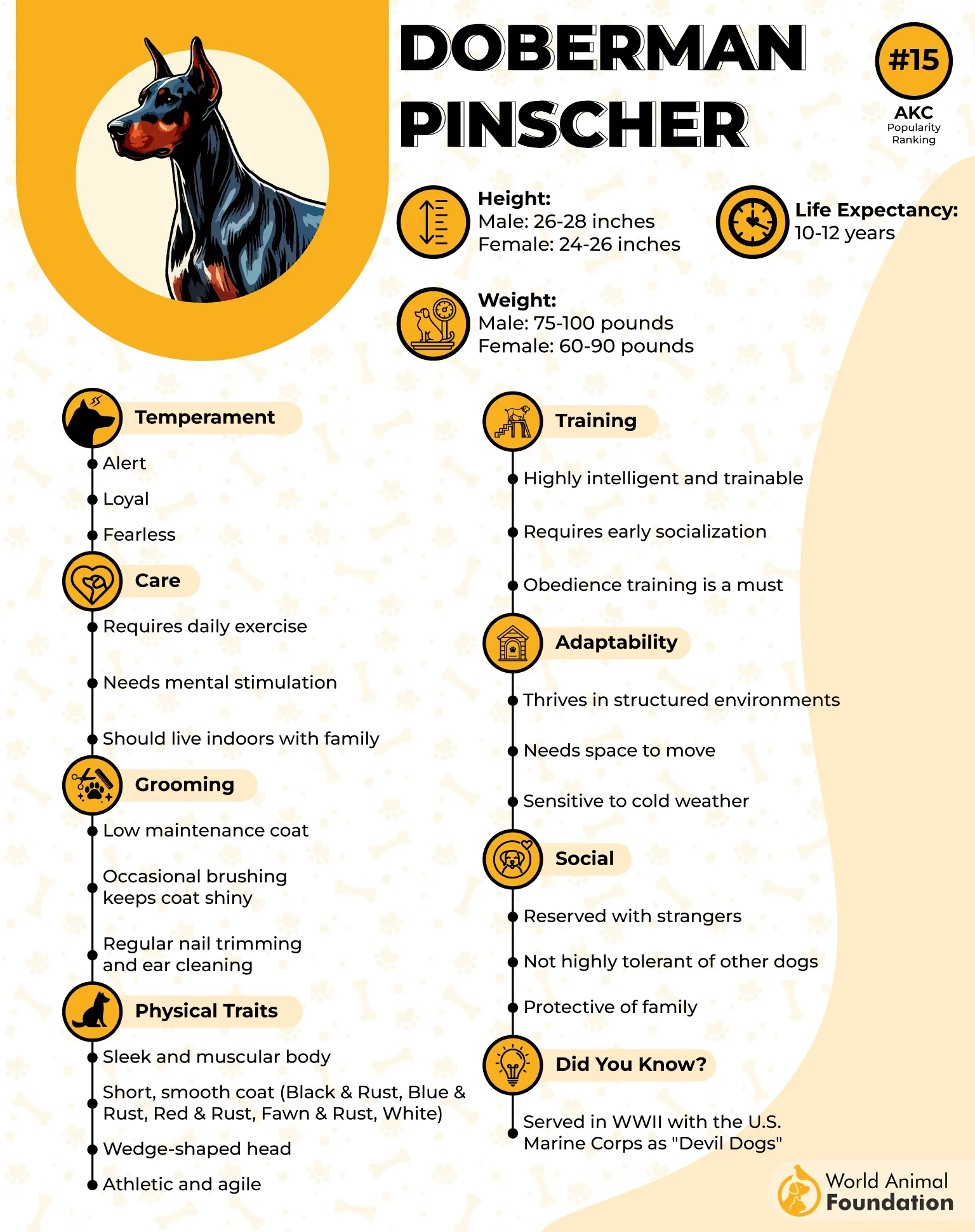
Requires a Structured Daily Routine
They do best with a clear structure that includes physical and mental stimulation integrated throughout the day. Long walks, puzzle-based exercises, and job-based training reduce restlessness. Without it, they can develop tension that impacts both mood and responsiveness.
Integration With Other Companions
With proper training, Dobermans can live peacefully with other pets in the household. Their drive is high, but it’s directed, not chaotic, when correctly managed from a young age.
5. Rottweiler
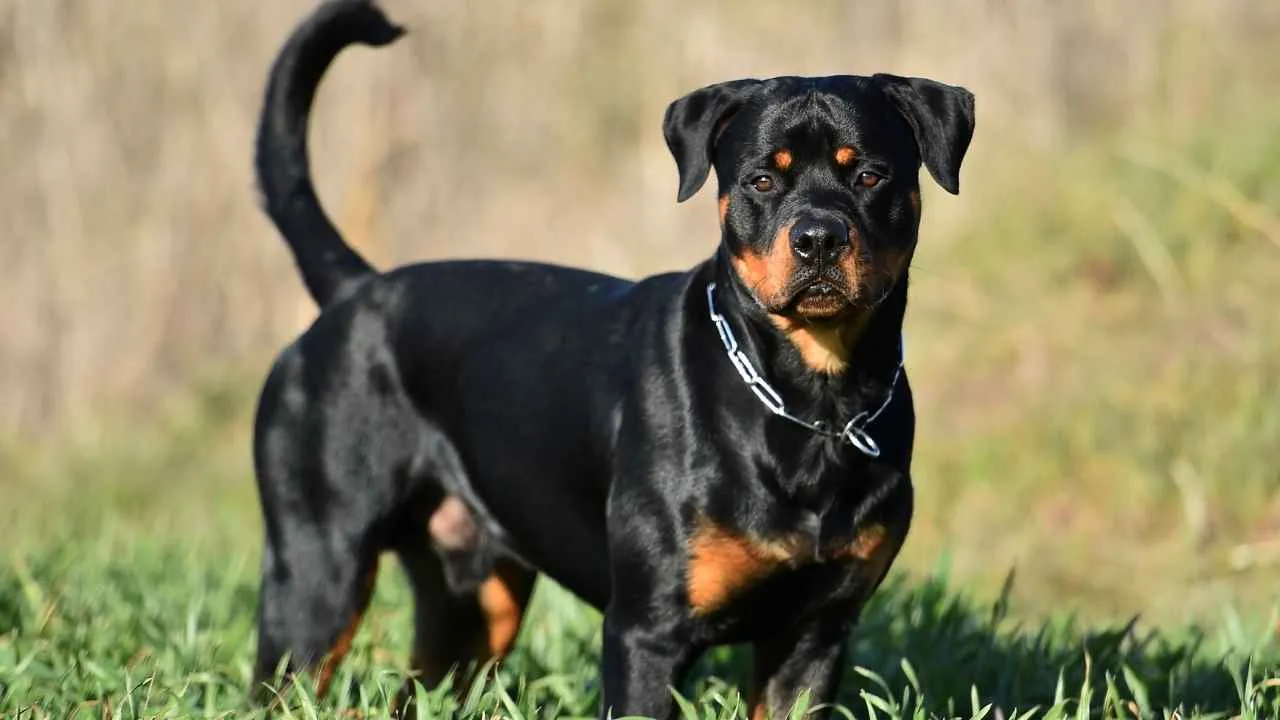
Rottweilers commit fully once given a task, often staying alert even when distractions are present. Their intense focus helps during complex commands that involve both timing and physical movement. This trait allows handlers to build layered routines with fewer adjustments over time.
Physical Awareness in Tight Spaces
Despite being a big dog, they move with an awareness that helps them work around animals or barriers without collision. Their strong body control supports pulling loads or assisting in movement-based tasks. Many handlers note their ability to self-correct posture mid-movement.
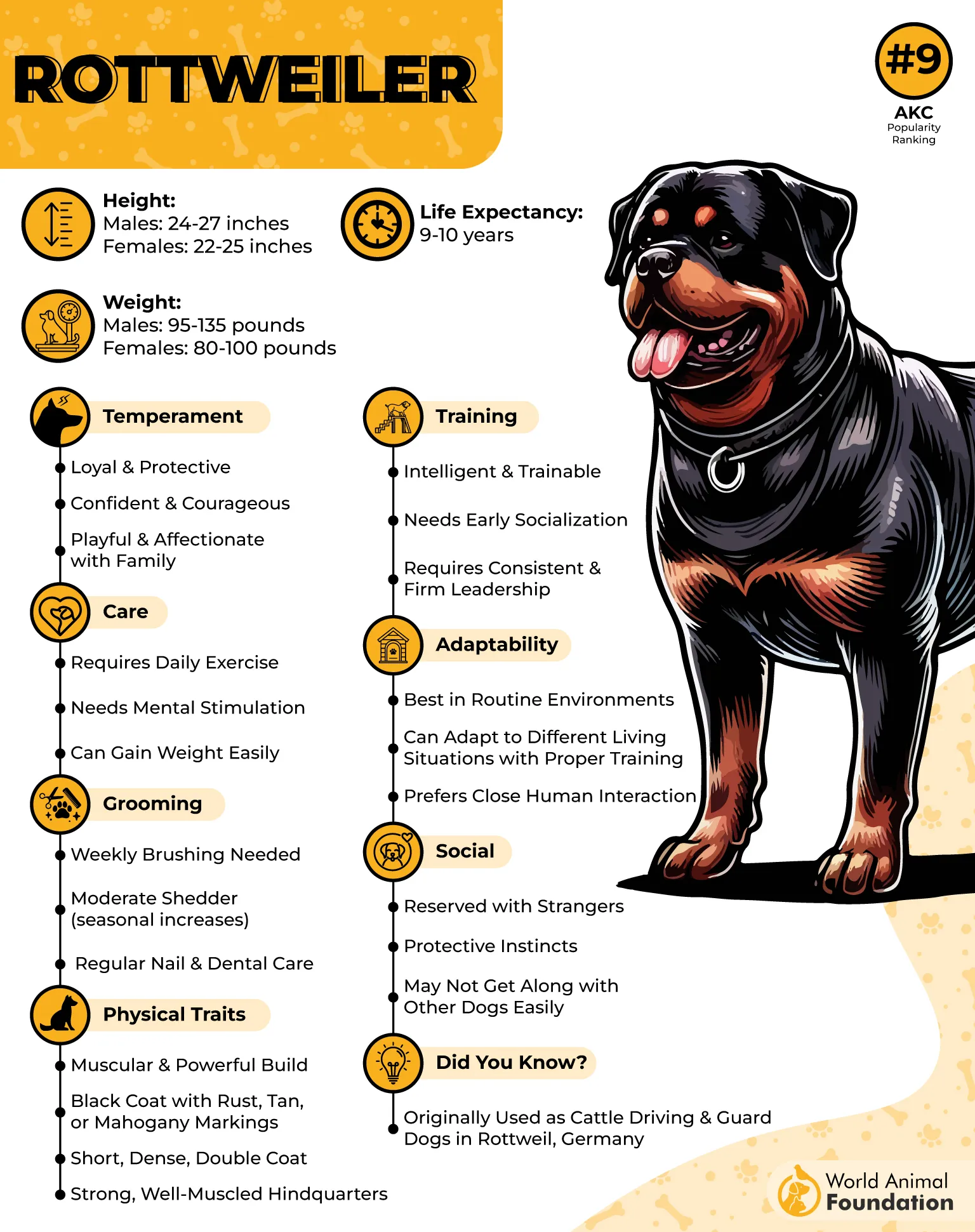
Long-Term Retention Through Repetition
They show improvement quickly with consistent obedience training, retaining learned behavior even with gaps between sessions. Repetition helps solidify both verbal and hand-signal cues. Their reactions become smoother when routines are reinforced through physical repetition.
Historic Roots in Livestock Protection
Rottweilers were initially bred in the Roman Empire to drive cattle and guard supplies across long distances. That legacy shows in how they anticipate shifts in herd behavior. Their reliability over centuries has helped them remain among the popular dog breeds used in serious working roles.
6. Giant Schnauzer
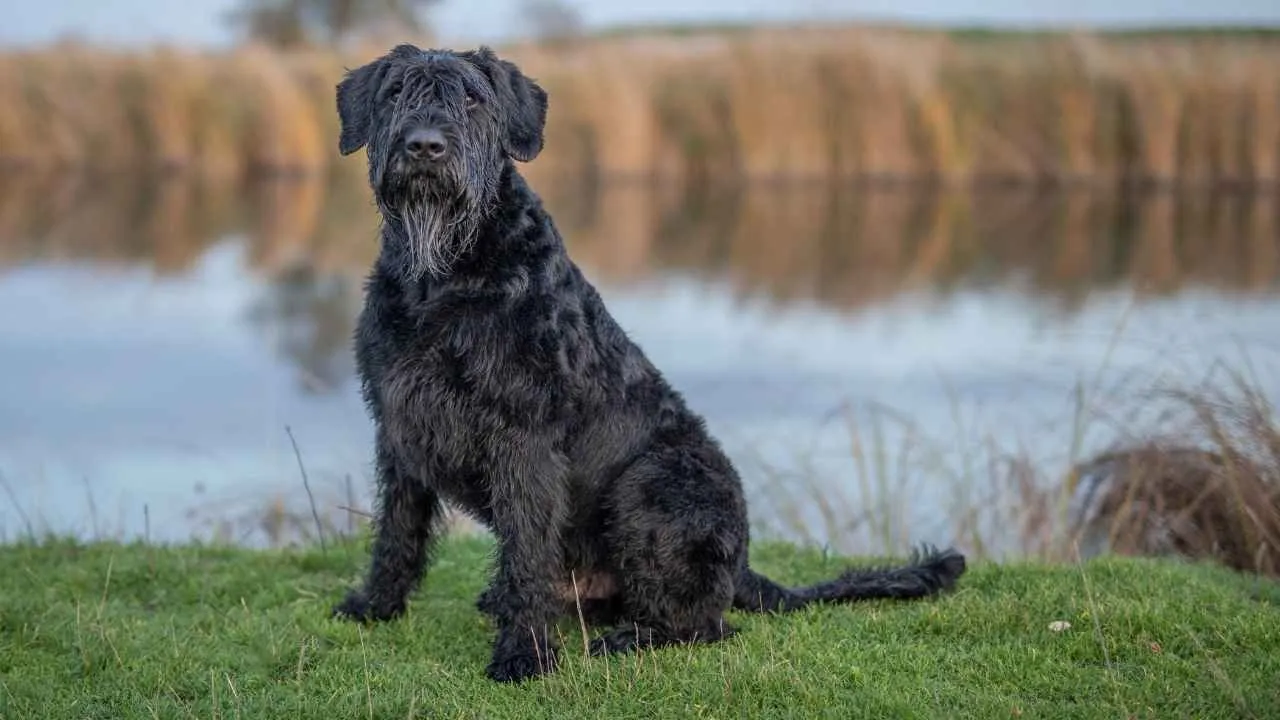
Fun Fact: Giant Schnauzers were used by the U.S. Air Force for security patrols due to their trainability.
Originally bred for driving cattle in the Bavarian Alps, the Giant Schnauzer developed a strong sense of task orientation. They follow step-based commands well and anticipate handler expectations quickly. Their ability to stay mentally engaged during prolonged jobs is a major strength.
Strong Suit in Structured Competition
With high responsiveness and powerful build, they perform consistently in agility trials across Europe and the U.S. Their timing, coordination, and memory recall stand out among large working breeds. Judges often note their ability to focus through distractions on the course.
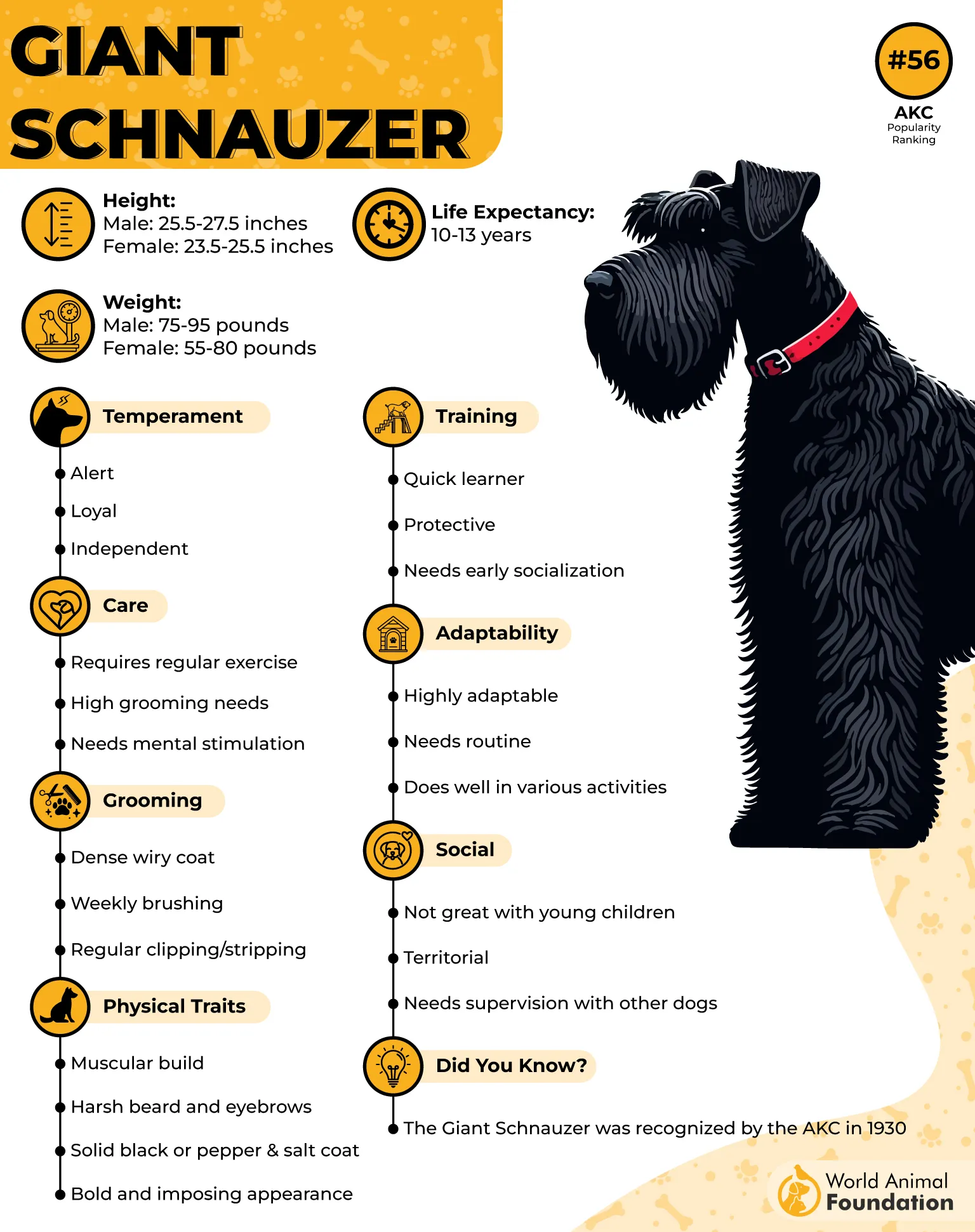
High Demand for Energy Output
This breed requires long sessions of physical stimulation that combine movement with thinking. Puzzle-based workouts, obstacle navigation, and scent-based games help keep their mind sharp. Without this engagement, they can develop task-seeking behaviors around the home or barn.
Best Fit for Purposeful Lifestyles
They are best matched with active owners who are committed to training and structure. Left unstimulated, their strong drive can turn into unwanted patterns like guarding empty spaces or over-alertness.
7. Weimaraner
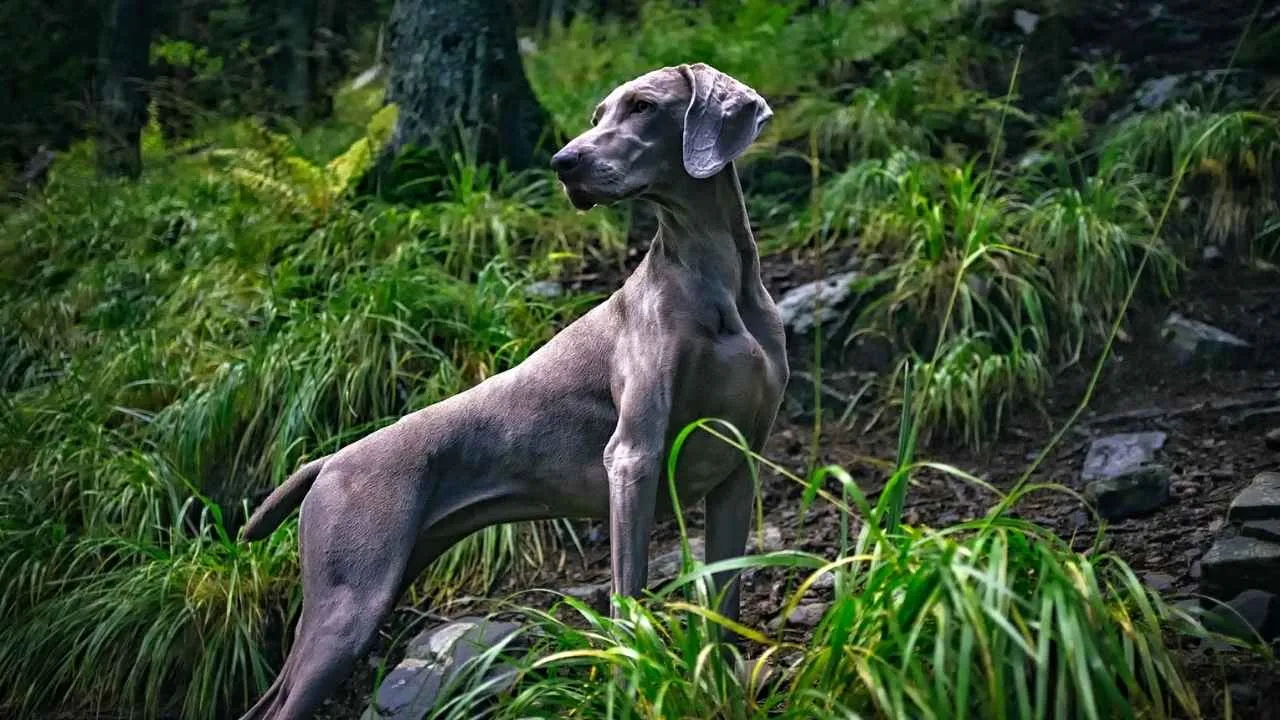
Weimaraners are known for reacting quickly to voice commands and hand cues, especially in fast-paced environments. Their auditory processing is strong, allowing them to track directional shifts and respond to patterns in motion. This trait is crucial during task-oriented training across large, open land.
Willingness to Follow Complex Sequences
They’ve been used historically in both pointing and retrieving roles, often during the same hunt. That background has built their ability to remember ordered tasks without confusion. This skill makes them stand out during structured obedience work where clarity and precision are expected.
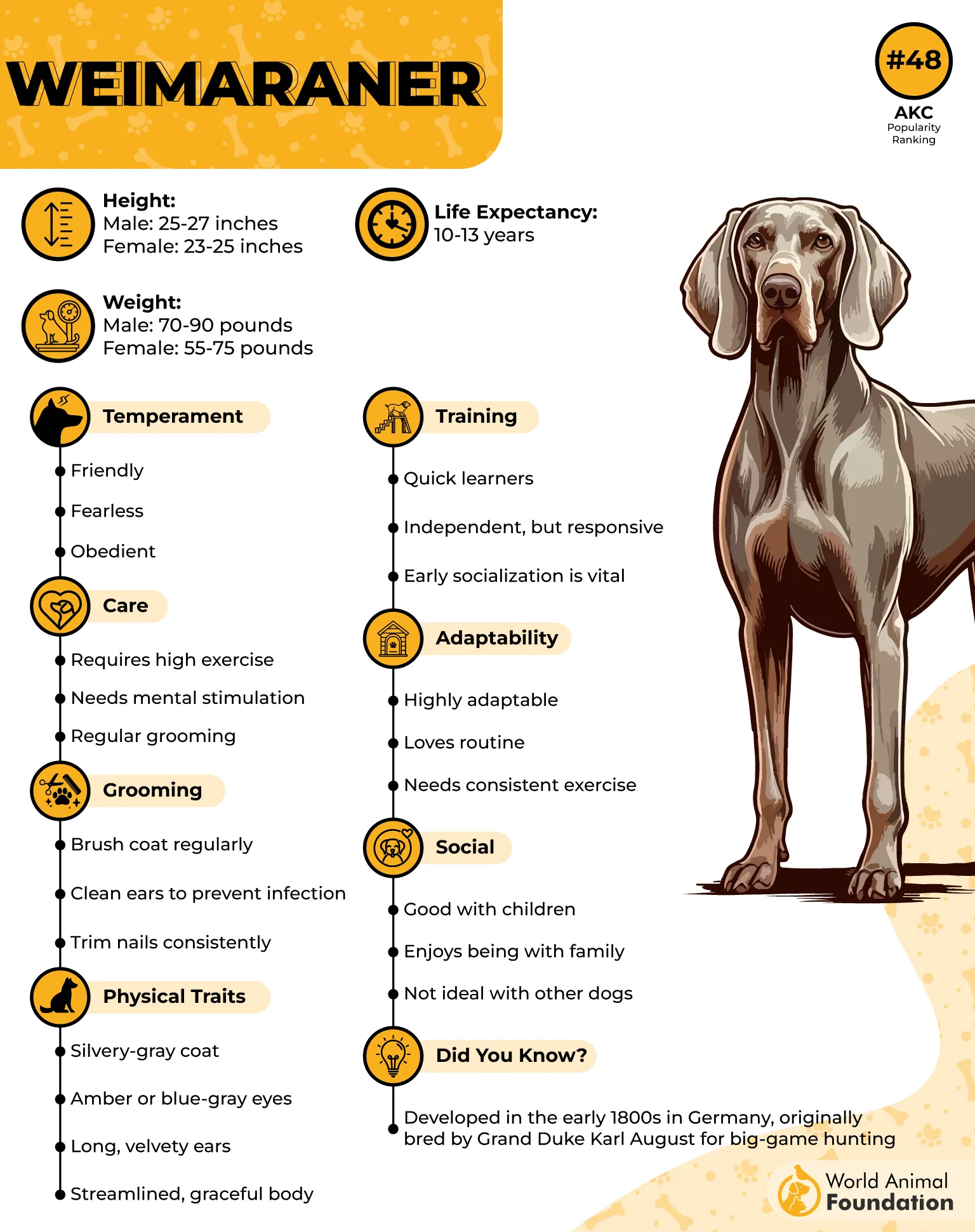
Mental Energy Matches Physical Drive
A Weimaraner’s mental stamina can match its high energy levels, especially when regularly engaged. They are highly trainable when consistent challenge and variety are part of the routine. Repetition alone isn’t enough—they work best with active problem-solving woven into the sessions.
Strong Bonding Without Dependence
They create a close connection with handlers but aren’t prone to clinginess or emotional unpredictability. That balance is why many consider them great pets, especially for experienced dog owners. They are also relatively easy to train, but require structured feedback and early boundaries.
Conclusion
Some of the smartest dog breeds also happen to be the biggest. These clever companions are more than just powerful—they’re thinkers, problem-solvers, and loyal teammates.
Whether you’re drawn to a working dog like the German Shepherd or a playful learner like the Flat-Coated Retriever, each breed offers intelligence with purpose. Their gentle nature, strong bonds, and love for regular exercise make them excellent family pets for the right home.
While small dogs may fit certain lifestyles better, these large breeds shine in families that value structure, time, and deep companionship. If you’re ready to put in the time, these dogs will give it back tenfold.


